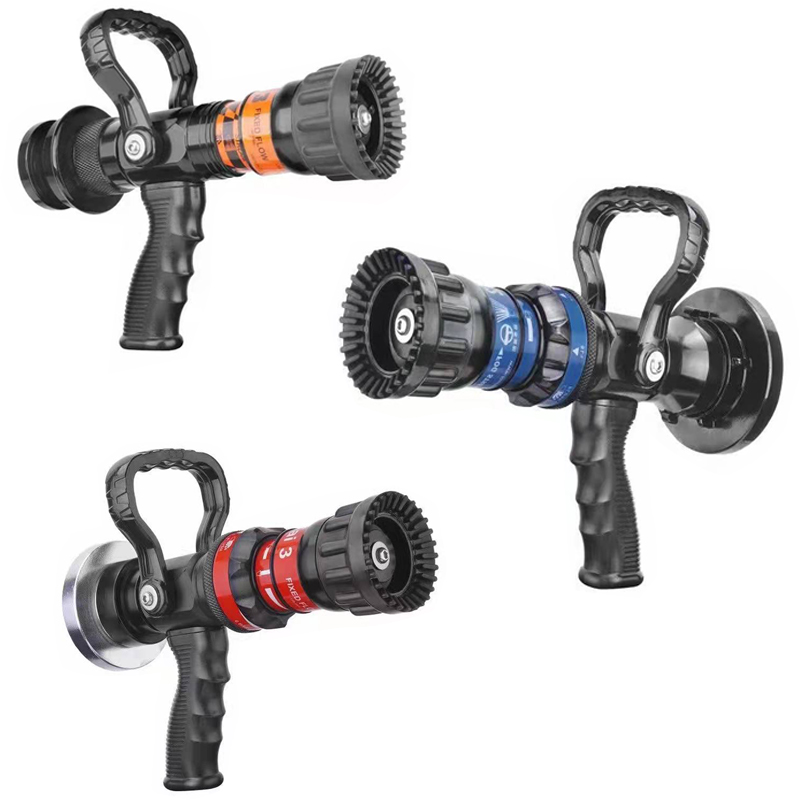
Firefighting has come a long way since the days of bucket brigades and hand-pumped engines. One of the most crucial advancements in modern firefighting technology is the evolution of fire nozzles. From their humble beginnings to the sophisticated devices used today, fire nozzles have undergone significant transformations in design, functionality, and hydrant siamese effectiveness. In this comprehensive exploration, we’ll delve into the fascinating journey of fire nozzle technology, from its inception to its current state, and the innovations shaping its future.
Early Innovations: The Birth of Fire Nozzles
The history of fire nozzles can be traced back to ancient civilizations, where rudimentary methods were employed to deliver water onto flames. Ancient Egyptians, Greeks, and Romans used leather bags, buckets, and rudimentary hoses to combat fires, albeit with limited success. It wasn’t until the Middle ages that more sophisticated designs emerged, including hand-operated pumps and primitive nozzle attachments.
The Industrial Revolution brought about significant advancements in firefighting technology, with the invention of steam-powered fire engines and hand-pumped water cannons. These early nozzles were typically made of brass or copper and featured basic spray patterns, allowing firefighters to direct water with greater precision and force.
The Transition to Modern Fire Nozzles
The late 19th and early 20th centuries marked a period of rapid innovation in fire nozzle design. The introduction of high-pressure water systems and motorized fire engines necessitated the development of more efficient and versatile nozzles. Engineers experimented with various nozzle shapes, sizes, and materials to optimize performance and reliability.
One of the most significant breakthroughs during this period was the invention of the fog nozzle. Originally patented in 1871 by Frederick Graff Jr., fog nozzles revolutionized firefighting by dispersing water into fine droplets, creating a mist-like spray pattern. This innovation significantly enhanced firefighting capabilities, allowing firefighters to quickly extinguish flames while minimizing water damage to surrounding structures.
The modern Era: Advancements in Fire Nozzle Technology
The latter half of the 20th century witnessed further advancements in fire nozzle technology, driven by advancements in materials science, fluid dynamics, and ergonomic design principles. Manufacturers began incorporating lightweight materials such as aluminum and composite alloys to reduce nozzle weight and improve maneuverability.
The advent of adjustable flow and pattern control mechanisms enabled firefighters to adapt nozzle settings on the fly, optimizing performance for different fire conditions. Improved seals, gaskets, and O-ring designs enhanced nozzle durability and reliability, ensuring consistent performance under demanding operational conditions.
Today, fire nozzles are available in a wide range of configurations to suit various firefighting applications. Combination nozzles offer versatility by allowing firefighters to switch between straight stream and fog patterns, while specialized nozzles are designed for specific tasks such as foam application, high-rise firefighting, and hazardous materials response.
Emerging Trends and Future Prospects
Looking ahead, the future of fire nozzle technology holds promise for further innovation and advancement. Digital technologies such as IoT sensors and wireless communication systems are being integrated into fire nozzles to provide real-time monitoring of water flow, pressure, and temperature. Augmented reality (AR) and virtual reality (VR) systems are also being explored to enhance firefighter training and situational awareness.
Materials science continues to play a crucial role in the development of next-generation fire nozzles, with researchers investigating advanced polymers, ceramics, and nanomaterials to improve durability, heat resistance, and corrosion resistance. Additive manufacturing technologies such as 3d printing are enabling rapid prototyping and customization of nozzle designs, allowing manufacturers to iterate more quickly and efficiently.
Conclusion
From humble beginnings to cutting-edge innovations, the evolution of fire nozzle technology is a testament to human ingenuity and the relentless pursuit of excellence in firefighting. As we look back on the journey from hand-operated pumps to digitally enhanced nozzles, it’s clear that the quest for safer, more effective firefighting solutions is far from over. By understanding the history, challenges, and opportunities shaping fire nozzle technology, we can better appreciate the vital role these devices play in protecting lives and property from the ravages of fire.